2 November 2021
32 pages
This month’s PB review is by Ryan G. Van Cleave (Owner/Operator of Only Picture Books) and longtime OPB friend Austin McKinley.
—Ryan’s Review of the Writing—
I can’t help but think of The Odd Couple as I read Cheryl Klein’s new picture book where we find an introverted hamster and an extroverted one trying to co-exist. Or perhaps a more season-appropriate comparison is the movie Elf, where an over-exuberant elf character, Buddy (brilliantly played by Will Ferrell), can’t easily win over his grumpy father (played by James Caan) who has more “important” stuff to do and just wants to be left alone.
In Hamsters Make Terrible Roommates, Hamster Henry is downright unhappy at having to share the cage with Hamster Marvin, who’s just endless joy and enthusiasm and talk-talk-talk (“Seeds! Seeds are my favorite!!!”). Poor Henry hasn’t had a day of peace in two hundred and five days–he’s sure about that, because he’s keeping track. Marvin simply loves to do everything Henry does not. Talk in the tunnel. Talk when they’re munching hamster kibble. Talk when they’re running on the wheel.
Henry finally has had it up to his hamster neck. On day two hundred and six, he blows up. “Just don’t talk! Go away! And leave me alone!” he screams. And Marvin does.
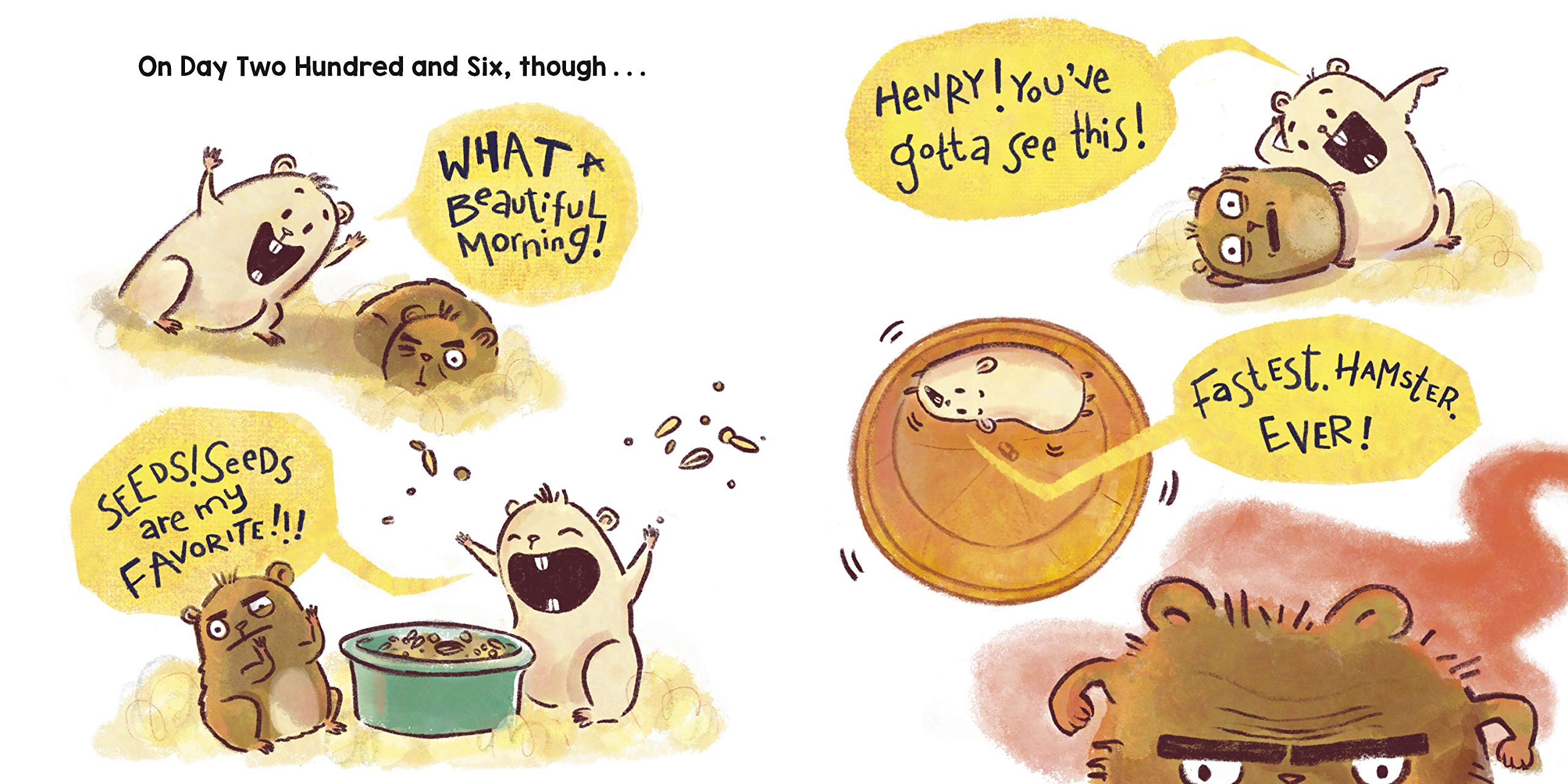
Neither is happy with the new situation, but they soon discover there’s a way to co-exist. The exact ending–which I won’t spoil here–is spot-on perfect. Klein nails it. But, to be fair, she has control of this story from the start with minimalist text that gets at the heart of each scene. She wrote the book on kidlit writing, after all, with The Magic Words: Writing Great Books for Children and Young Adults.
The art here is absolutely adorable, though I’ll leave it to Austin to explain why. The text is equally powerful–the driving plot really comes together in a way that hits home in a (little) sad but (mostly) sweet way. Seeing how Henry and Marvin work through their differences with honesty, grace, and compassion is a lesson that’s easy to digest here, given as it is with a double helping of hamster humor and good kid fun.
If your classroom has a pet hamster, this book is sure to be a scream. But even if your life is currently hamster-less, Hamsters Make Terrible Roommates still has enough oomph to please and entertain. While I have no insider knowledge about plans for a sequel, these characters are rich enough to easily carry another story–I hope to see that someday!
4.75 out of 5 pencils
—Austin’s Review of the Illustrations—
Cartooning is deceptively simple. It has to iconify, to strip away needless detail and zero in on exactly the broad strokes that will convey the energy, emotion, and humor of the scene. It has to be charming, evocative, consistent, and clear. Abhi Alwar accomplishes all this with each masterful stroke.
Although the rest of her body of work covers a range of textural scales, Hamsters Make Terrible Roommates brings us right up close, seemingly putting the linework under a magnifying glass to reinforce the diminutive story environment. It’s a brave choice that leaves the illustrator nowhere to hide. The gestures and expressions of the characters have to carry each layout with the rest of the mise-en-scène fading away into a soft blur. Alwar pulls it off wonderfully.
All of which is even more impressive considering Hamsters is Alwar’s first picture book. The consistency required across the series of images in a picture book is in some ways even more demanding than other mediums. For her one-off illustrations and comics, Alwar often employs a sketchy, primitive, childlike quality in her linework and color choices. Hamsters preserves that energy, but delivers it in a crisp, polished, fully realized visual syntax with a sophisticated palette and rich, sumptuous textures.
All of this helps to accomplish that most important element of cartooning—the audience’s ability to relate to the characters and their situation. By leaving out irrelevant details, by letting our imagination linger only on the impression of an experience, we’re able to imagine ourselves in the place of these hamsters. We’ve all been these hamsters, known these hamsters. For the children reading or listening to the story, they’re able to have a legitimate and useful narrative experience that helps them practice empathy and theory of mind.
It’s no surprise that writer and artist developed the idea together from a synergy of favorite subject matter and mutual interest in the dramatic premise. That’s when cartooning is at its best, when it’s more than a simple illustration, but provides the narrative underpinnings of the story whether or not there are any words. That overlap of intent is what makes Hamsters feel like what it is: an outpouring of the natural interplay between words and pictures in a naturally harmonious, unified whole.
4 out of 5 crayons








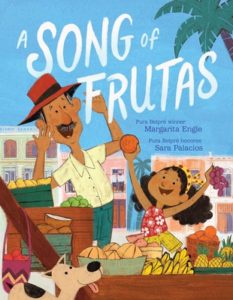
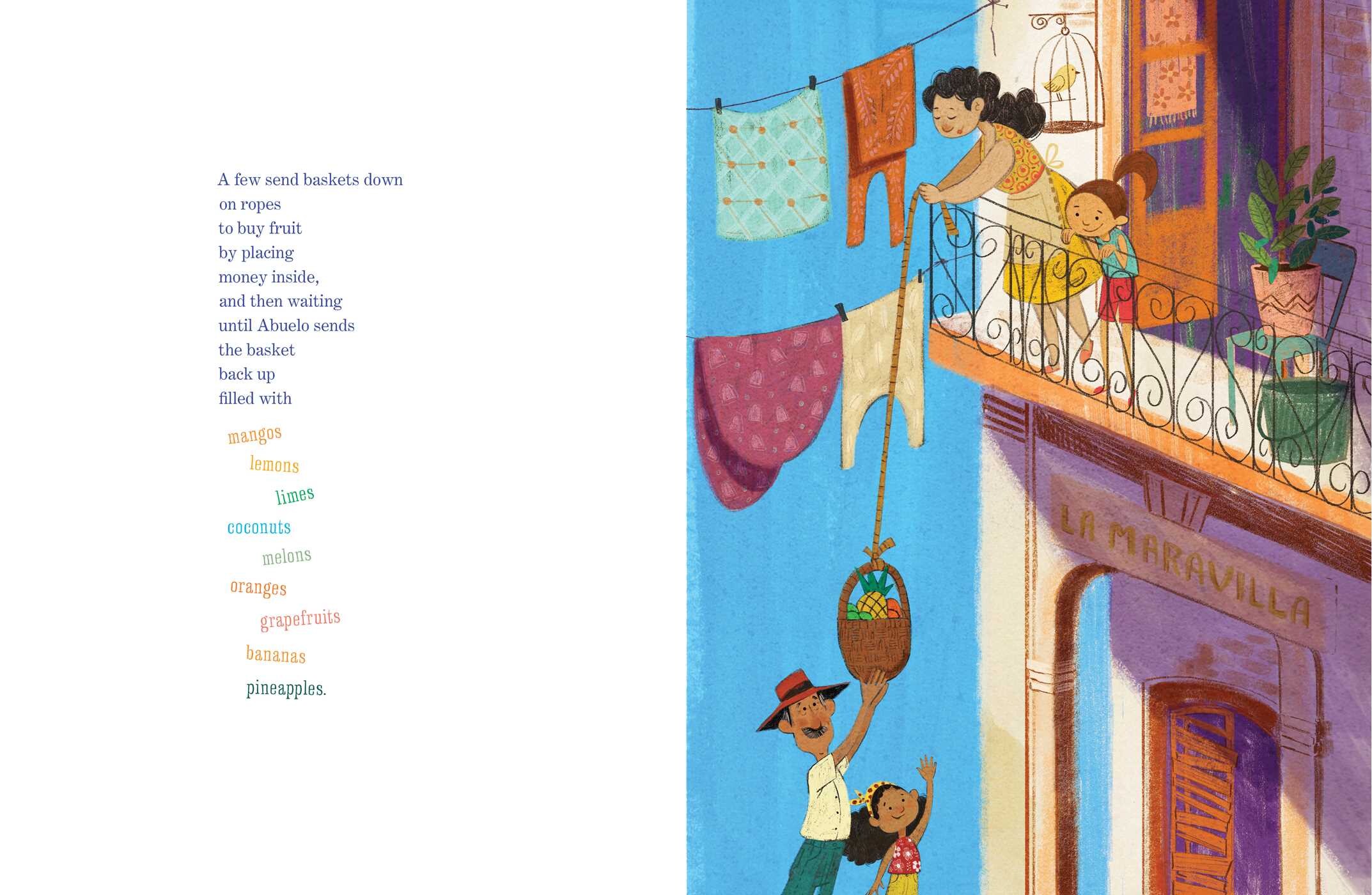
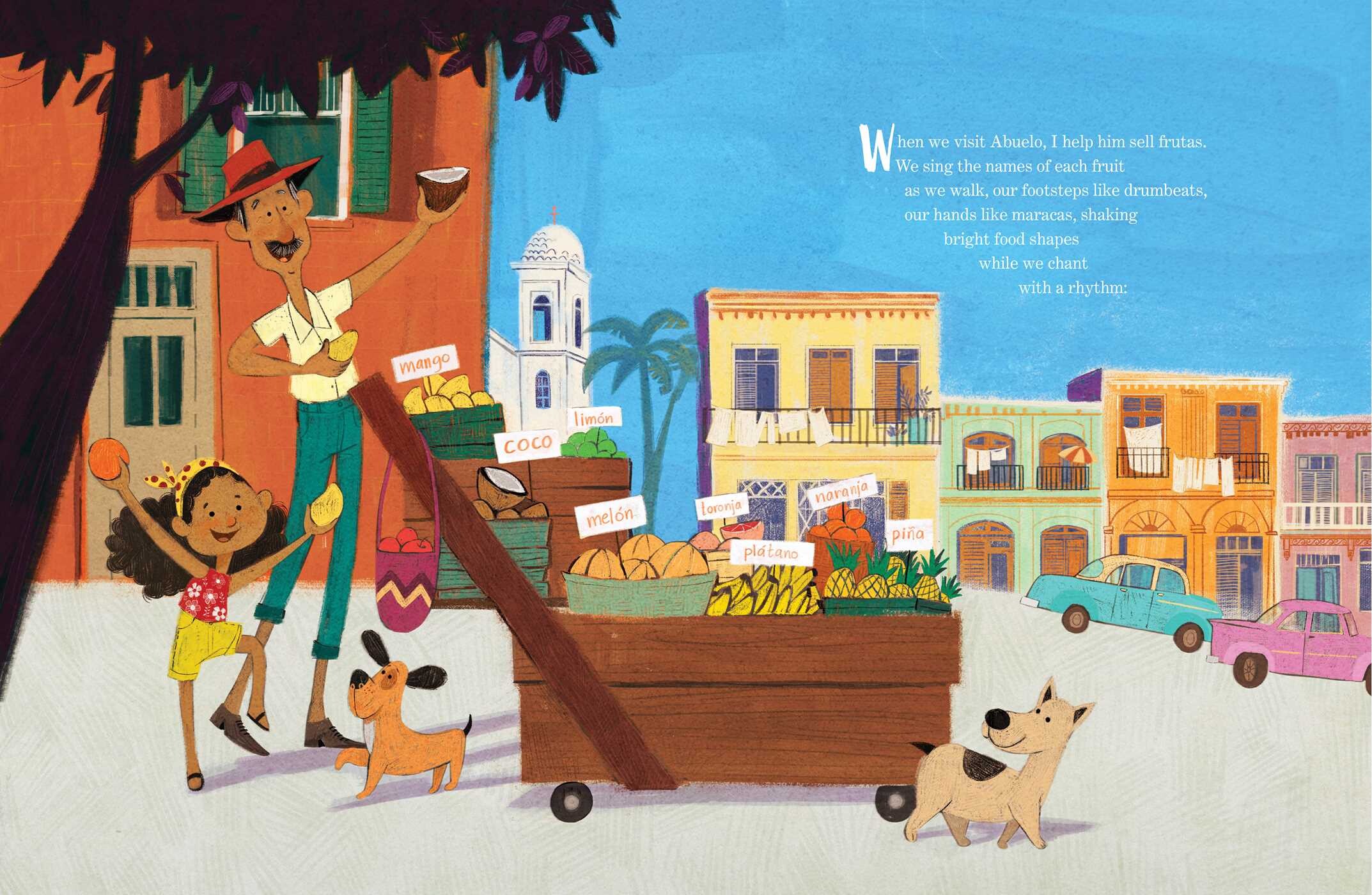
 Edna Cabcabin Moran is an author/illustrator, multi-disciplined artist, educator, and advocate for youth voices and diversity in publishing. She is also a dancer with acclaimed hālau hula and dance company,
Edna Cabcabin Moran is an author/illustrator, multi-disciplined artist, educator, and advocate for youth voices and diversity in publishing. She is also a dancer with acclaimed hālau hula and dance company, 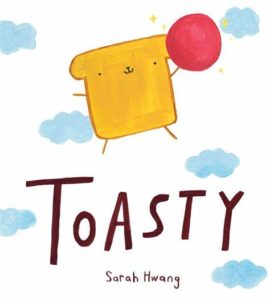

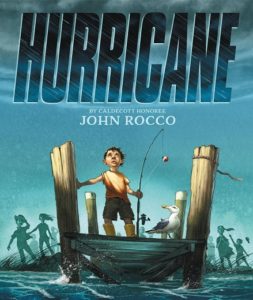
 David C. Gardner is an award-winning illustrator and visual development artist. A former artist for Walt Disney Animation Studios, he has illustrated numerous picture books, including his latest from Sleeping Bear Press,
David C. Gardner is an award-winning illustrator and visual development artist. A former artist for Walt Disney Animation Studios, he has illustrated numerous picture books, including his latest from Sleeping Bear Press,